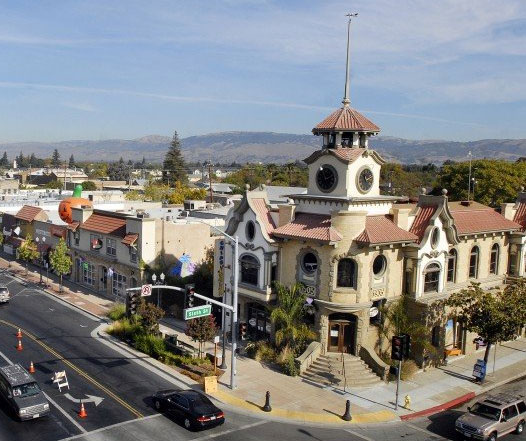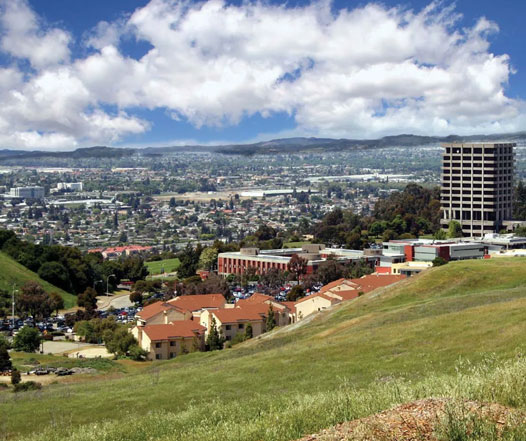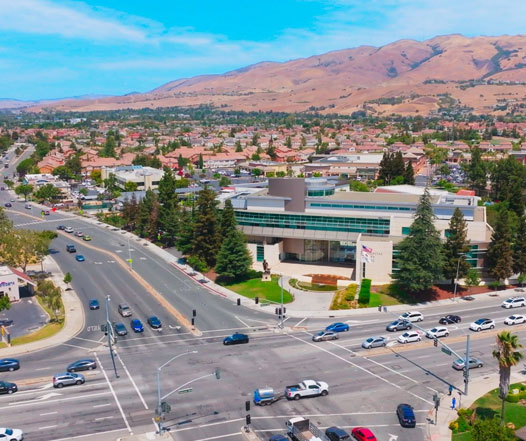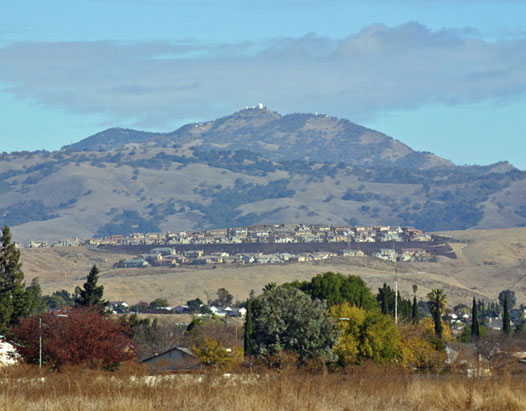
Introduction
A family in Los Altos had outgrown their cozy home. With a new baby on the way, they needed more space. They decided a Los Altos home addition was the perfect solution. This would give them the extra room they wanted without leaving the neighborhood they loved. The family was excited to start their home addition journey in Los Altos.
Vital Guidelines for Home Additions in Los Altos
What is Permissible
Maximum Addition Size
In Los Altos, home additions can be up to 50% of the existing home’s size, but not more than 1,500 square feet.
Height Restrictions
Most areas allow homes up to 28 feet tall. Some spots might let you build up to 30 feet high.
Setback Requirements
Houses must be at least 20 feet from the front, 5 feet from the sides, and 15 feet from the back of the property.
Floor Area Ratio (FAR):
The total floor area can’t be more than 45% of the lot size in most residential areas of Los Altos.
Permitting Process Timeline
Standard
For regular homes, getting permits usually takes about 4-6 weeks, depending on how complex your project is.
Historic Property
If your home is historic, the process might take 8-12 weeks because extra reviews are needed to protect its character.
Crucial Zoning Regulations in Los Altos
Los Altos has specific rules for building. These rules help keep the city looking nice and make sure everyone’s homes fit in well together.
Size Limitations for Home Additions
| Zoning District | Maximum Addition Size | Notes |
| R-1-10 | 1,200 sq ft | For lots 10,000 sq ft or larger |
| R-1-8 | 1,000 sq ft | For lots 8,000-9,999 sq ft |
| R-1-6 | 800 sq ft | For lots 6,000-7,999 sq ft |
Height Limitations
- Single-family zones: Houses can be up to 28 feet tall in most single-family areas. This is about as tall as a two-story house.
- Multi-family zones: In areas with apartments or townhouses, buildings can sometimes be up to 35 feet tall, which is about three stories.
Building Coverage Rules
Your house and other buildings can cover up to 40% of your lot. This leaves space for your yard and garden.
Location Requirements
- Front additions: Must be at least 20 feet from the street. This keeps houses from being too close to the road.
- Side additions: Need to be 5 feet or more from your property line. This gives space between houses.
- Rear additions: Should be at least 15 feet from the back property line. This keeps some backyard space.
Exterior Details
New parts of your house should match the old part. Use similar colors, materials, and styles to keep it looking good.
Parking
You need to have at least two parking spots for your house. One can be in a garage, the other can be outside.
Guidelines for Obtaining Permits for Home Additions in Los Altos
Before you start building, you need to get permits. These make sure your addition is safe and follows all the rules.
| Permit Type | Description | Estimated Fee |
| Building Permit | Main permit for construction | $1,200 - $2,500 |
| Plan Check Fee | Fee for reviewing your plans | $800 - $1,500 |
| Electrical Permit | For all electrical work | $150 - $300 |
| Plumbing Permit | For all plumbing work | $150 - $300 |
| Mechanical Permit | For heating and cooling systems | $150 - $300 |
| Planning Review | To check if plans follow zoning rules | $500 - $1,000 |
| School Impact Fee | Helps fund local schools | $3.20 per square foot |
Property Compliance Requirements
Your property needs to follow certain rules. These help keep the neighborhood nice and make sure everyone has enough space.
Parking
You must have at least two parking spots. One should be covered, like in a garage. The other can be outside.
Setbacks
Your house needs to be set back from property lines. This gives space between houses and the street.
Open Space and Yards
You need to keep some of your lot as open space. This could be your front yard or backyard.
Eligible Properties for Home Additions
To determine your property’s eligibility for a home addition:
Check your property’s zoning. Most homes in residential areas can have additions. Call the city planning office if you’re not sure.

Other General Plan Designations that May Allow Home Additions
- Low-Density Residential: This is for single-family homes. You can usually add on to these houses if you follow the rules.
- Medium-Density Residential: These areas might have some smaller lots or duplexes. Additions are often allowed, but with more restrictions.
- Mixed-Use: Some mixed-use areas allow residential additions. Check with the city, as rules can vary in these zones.
Development standards
Single-family Homes
Most single-family homes can have additions. You need to follow rules about size, height, and how far from property lines you build.
Multi-family Properties
Apartments and condos have different rules. Additions might be allowed, but they’re often more limited than for single-family homes.
Historic Properties
If your home is historic, you can still add on. But you need to be careful to keep the historic look.
Property Designations
- Flood Zones: Some areas might flood. If you’re in a flood zone, you might need to build your addition higher off the ground.
- Liquefaction Zones: In earthquake-prone areas, the ground can become like liquid. Special building techniques might be needed here.
- Historic Districts: If you live in a historic area, your addition needs to fit in with the old buildings around you.
- Coastal Zone: Los Altos isn’t on the coast, so you don’t need to worry about coastal zone rules for your addition.
Summary
Adding to your Los Altos home can be exciting and rewarding. It gives you more space to enjoy and can make your house work better for your family. Remember to follow all the rules and get the right permits. This will help your project go smoothly. With careful planning and the right help, your home addition can turn your current house into your dream home, right here in Los Altos.
FAQs
Yes, you can often add a second story in Los Altos. But you need to follow height rules, usually not going over 28 feet tall. You’ll need special permits and your plans must follow local building codes. It’s a big job, so hiring an experienced architect is a good idea.
It’s best to match your addition to your existing house. Los Altos likes homes to look good together. Try to use similar materials, colors, and styles. This helps your addition blend in and can make your whole house look better.
The time varies, but most home additions take 6-12 months from start to finish. This includes planning, getting permits, and building. Bigger or more complex projects might take longer. Weather and material availability can also affect the timeline.
Yes, Los Altos follows California’s energy efficiency standards. Your addition will need things like good insulation and energy-efficient windows. These rules help save energy and can lower your utility bills. Your contractor should know the current requirements.
Often, you can build over a garage in Los Altos. This can be a good way to add space without using up your yard. You’ll need to make sure the garage can support the addition. Check with the city to see if there are any special rules for this type of addition.
Los Altos has a process for this. Your neighbors can voice concerns during the permit process. It’s a good idea to talk to them early about your plans. If you follow all the rules, neighbor objections usually won’t stop your project, but they might cause delays.
Pool houses are allowed in Los Altos, but they count as an accessory structure. They have their own set of rules about size and where they can be built. Usually, they need to be smaller than your main house and not too close to property lines.
In most areas of Los Altos, you need to stay at least 5 feet from side property lines and 15 feet from the back line. Front setbacks are usually 20 feet. These rules keep space between houses and maintain the look of neighborhoods.
Los Altos encourages eco-friendly building. You might need to use some green materials or methods. This could include things like low-flow water fixtures or recycled materials. These help make your addition better for the environment and can save you money over time.
Rooftop decks can be tricky in Los Altos. They count towards your home’s height, which is limited. You’ll need strong safety railings. Privacy for neighbors is also important. Check with the city planning department first, as rules for these can be strict.
You can often add on to a house that’s had previous additions. But you need to check how much of your allowed building space is already used up. The city keeps records of past work. Make sure you’re still within the total allowed size for your lot.
Home offices are usually treated like any other room addition. But if you plan to have clients visit, you might need a special permit. This is because it could change how your home is used. Most home offices don’t need anything special if they’re just for your own use.
Adding a basement can be done in Los Altos, but it’s a big job. You’ll need to check for underground pipes and wires. The soil type matters too – some areas might be harder to dig. Basements don’t usually count in your home’s square footage limits, which can be a bonus.

























